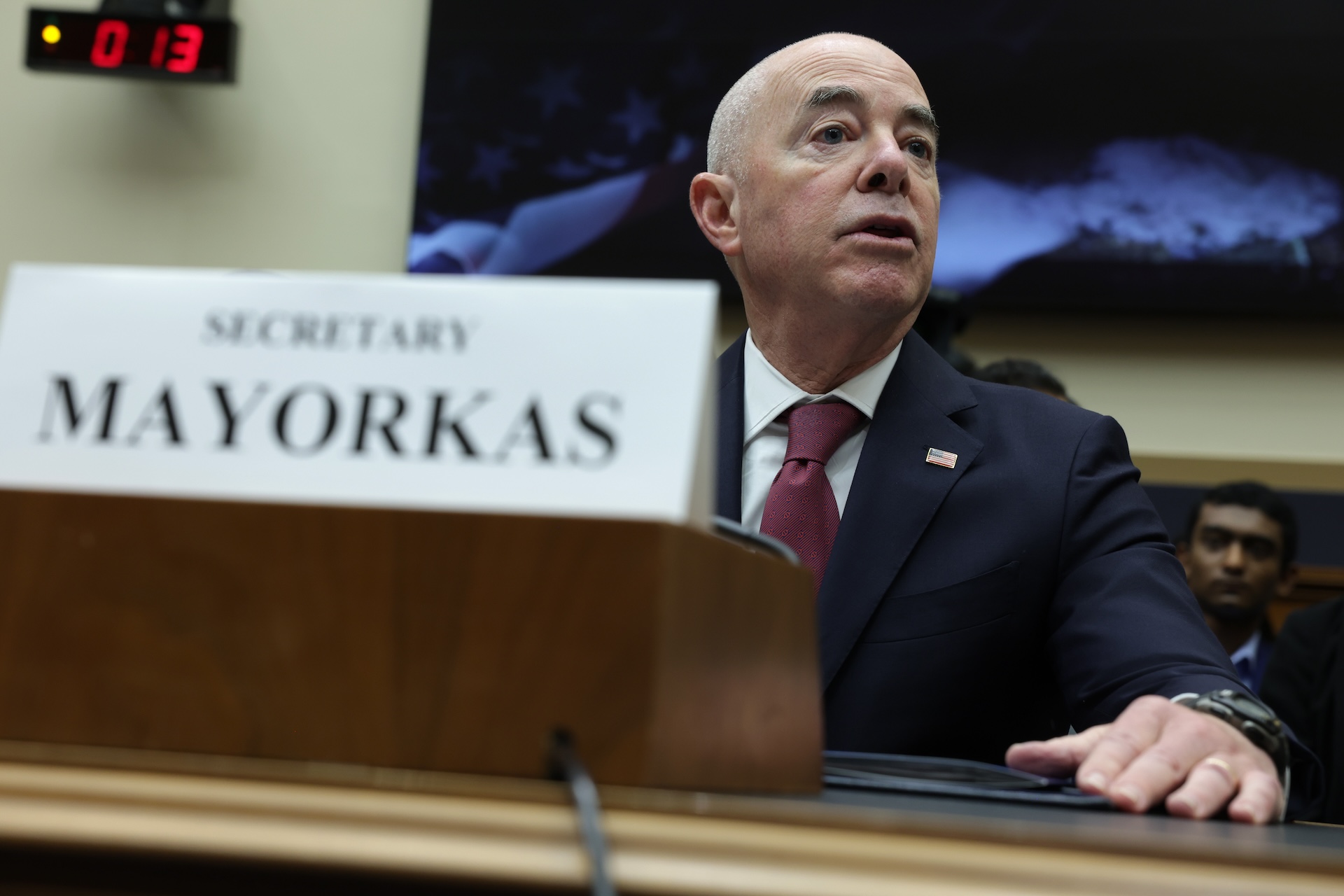The Department of Homeland Security plans on spending the next two years focusing on looming threats to critical infrastructure, including artificial intelligence, supply chain concerns, and the growing tension with the People’s Republic of China.
DHS’s guidance document outlines the agency’s highest priorities until 2025 and is part of the Biden administration’s ongoing effort to secure the sensitive networks that run the nation’s electricity and water, according to a Thursday press release. The DHS guidance was called for in a recent White House policy update to clarify how the federal government interacts with the private sector that makes up the vast majority of U.S. critical infrastructure owners and operators. The new DHS document outlines the agency’s role in the update moving forward.
“From the banking system to the electric grid, from health care to our nation’s water systems and more, we depend on the reliable functioning of our critical infrastructure as a matter of national security, economic security, and public safety,” Secretary Alejandro Mayorkas said in a statement. “The threats facing our critical infrastructure demand a whole of society response and the priorities set forth in this memo will guide that work.”
National security officials are increasingly concerned about the potential for Beijing to disrupt critical infrastructure in the event of a conflict over Taiwan, and the guidance document reflects as much. The first “priority risk area” in the document concerns Beijing’s apparent willingness to target critical infrastructure with disruptive or destructive means. The document also points to other “gray zone” activities — like financial investments in infrastructure, espionage, and insider threats posed by Beijing.
“Attacks targeting infrastructure essential to protect, support, and sustain military forces and operations worldwide or that may cause potential disruptions to the delivery of key goods or services to the American people must be our top priority,” DHS wrote.
Other national priorities are securing critical infrastructure from the risks posed by artificial intelligence and supply chain vulnerabilities, and ensuring that climate considerations are taken into account.
Additionally, DHS pointed to the potential risk from the increasing dependency critical infrastructure sectors have on space systems. That dependency is now so ingrained and essential to sectors like energy, food and agriculture, and telecommunications that many experts have called for space systems to be designated as a new critical infrastructure sector, an idea that did not pan out in the recent White House policy update.
DHS’s announcement is one of many from the Biden administration around critical infrastructure recently. At the G7 meeting in Italy this week, the U.S. and allied countries pledged to establish voluntary guidance for operational technologies, like those that manage the grid and water utilities. The Department of Energy, meanwhile, released a supply chain cybersecurity best practices guide, which several of the world’s largest OT manufacturers have agreed to follow.

